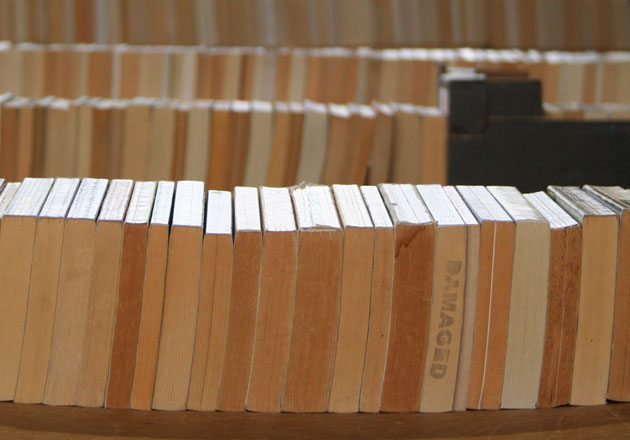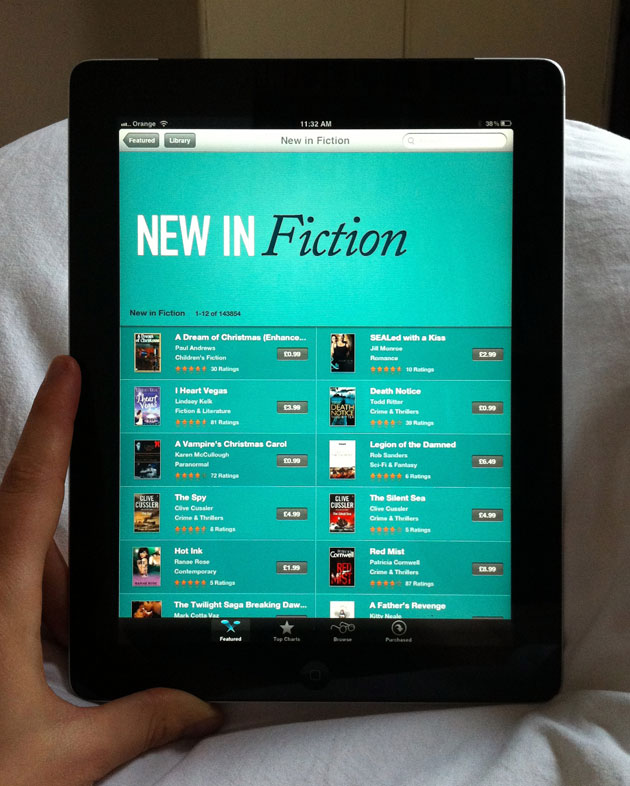The Next Chapter

People have been foretelling the death of the book for years now.
Obviously, that's not going to happen entirely, but more and more of our reading is already taking place on e-readers (Amazon's Kindle, Apple's iPad, Barnes & Noble's Nook, Sony's Reader, and WH Smith's Kobo amongst others).
The Kindle is the current king, currently available in the UK just in its monotone e-ink format, but in the US also in its full-colour multimedia Fire version, which is much closer to Apple's ubiquitous iPad.
These days books are released in a whole stack of different formats. Nick Cave's The Death of Bunny Munro, originally available as a signed and numbered limited edition hardback, is now available as a paperback
, as an e-book for all the major formats, and as a multimedia app for the iPhone and iPad, and also as an audio book.
For book designers, whether they work on covers, texts, or on integrated books (words and pictures), the industry is obviously undergoing a metamorphosis. A metamorphosis that brings possibilities as well as peril.
Looking just at book covers, which are designed to lure in readers, they're no longer primarily experienced physically, but instead as tiny thumbnails on a computer screen or handheld device. Instead of a wealth of sizes, of formats, of textures and of finishes, we just have pixels.

This isn't a massively new situation - people have been buying books from Amazon for a good few years now. But where previously you would still end up with a physical book in your hands, that's no longer necessarily the case.
To add insult to injury, in the current incarnation of iBooks on the iPad and iPhone you hardly even get to see covers at full size - they blink past momentarily when you start a book, but that's about it. You do at least get a full size cover on the Kindle (well, full screen-size that is, which is always the same size no matter what book you're reading), but on the e-ink version it's always black and white.
At the same time though, there's a resurgence in the love of the book as an object, with all the main publishers pumping out high-end versions of their backlists, such as Penguin's Clothbound Classics. Surely a designer's playground.
So, what is the next chapter for books?
For what it's worth, our best guess is that paperbacks will start to disappear, as more and more people buy e-readers (how long is it before a major author releases a best-seller just as an e-book?). Hopefully though the various bits of e-book software will develop so that covers will still be considered a fundamental part of a book. We can also see lavish editions of hardbacks becoming more common; and integrated books perhaps becoming more and more interactive, following the lead of magazines.
But heck, what do we know?
Fortunately, if you're out in New York, you can go and listen to some folk who might know just a little bit more.
The Next Chapter - The Design and Publishing of the Digital Book is a talk taking place at Parsons on Thursday 26 January. It's organised by the AIGA NY, and is moderated by Chip Kidd. Should be a good one.
Hopefully they'll be recording it for those of us who can't make it...